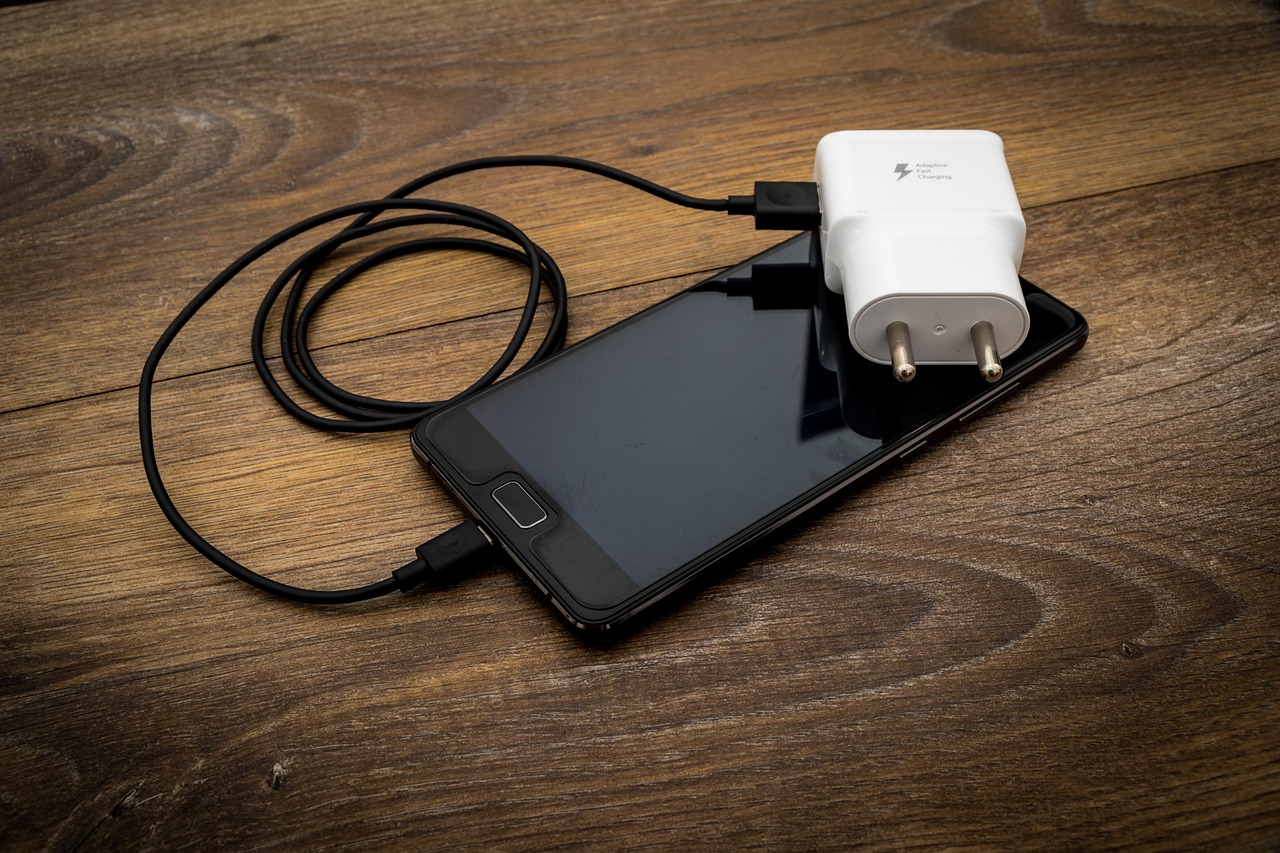The model is highly anticipated and should be Apple's most expensive. Check out the details.
If you're a fan of Apple products, you'll know that new models are usually released in September. However, this year, the iPhone 15 launch will probably be postponed until October, further increasing the expectations of those interested in the model.
Official information about this postponement, the features and the price of the new line of iPhones have not been released by the manufacturer. However, many rumors about this data are circulating, and exciting consumers, due to the high technology that the devices should bring in this generation.
If you are one of those people who can't wait for the product to hit the market, find out now what these new features are, the possible prices of the devices and the reason that should cause this delay in the product launch date.

iPhone 15
The launch of the fifteenth generation of iPhones, which was supposed to happen in September, should be postponed to October. The suspicion arose after a global real estate analyst at Bank of America, Wamsi Mohan, identified an increase in the delivery time of the supply chain that will be used to manufacture components of the device. With this increase in the deadline, Mohan believes that the launch will happen in the fourth quarter of the year, between the months of October and December.
Among the main features of the new generation, the iPhone 15 is expected to be launched without borders and sensors on display, a project started on the iPhone X and improved with Dynamic Island technology on the iPhone 14, launched last year.
Compared to the previous model, the iPhone 15 will bring two major new features. The standard models will replace the notch with Dynamic Island technology, while the Pro and Pro Max devices will use a technology called “LIPO”, which will reduce the border around the screen to 1.5 mm. The technology is not new to Apple, since it was used in the line Apple Watch Series 7. The technology is also expected to be brought to the iPad.
Regarding the cameras, the new generation is expected to have a periscopic telephoto sensor, in the Pro Max model. In these devices, the camera module will be more prominent, due to the size of the sensor. It is also expected that this module will adopt a rectangular shape, while the other models will continue with its circular shape. All models should have the 48 MP main camera.
As for the battery, rumors suggest that it will have an increase in capacity. The increases vary according to the model and range from 10% to 18%, as follows:
– iPhone 15 – 3,877 mAh – 18% increase in capacity
– iPhone 15 Plus- 4,912 mAh – 13.6% increase in capacity
– iPhone 15 Pro – 3,650 mAh – 14.1% increase in capacity
– iPhone 15 Pro Max- 4,852 mAh- 10.9% increase in capacity
The model that will see the biggest increase in capacity is the iPhone 15, while the iPhone 15 Pro Max will see the smallest change. This should happen due to the model's processor, the A 17 Bionic, which is more efficient and can provide superior battery life to the previous model.
Charging of the devices should also improve with this launch. According to leaked information, the iPhone 15 could reach 40 watts of charging and MagSafe up to 20 watts.
The A17 Bionic processor in the iPhone 15 Pro and 15 Pro Max is expected to deliver a 60% increase in device performance in terms of energy efficiency and battery performance, with longer battery life. The other models will feature the A16 Bionic processor.
The display is expected to be 6.1 inches on the iPhone 15 and 15 Pro, while the iPhone 15 Plus and iPhone 15 Pro Max are expected to feature a 6.7-inch display.
Values
The new models are expected to be the most expensive the brand has ever sold due to their new technologies. The 128GB iPhone 15 Pro Max, the smallest storage space, is expected to cost around R$6,300.00, the 256GB model will cost R$6,789.00, the 512GB model will cost R$7,760.00 and the 1TB model will cost around R$8,731.00.
The official values have not yet been released by the manufacturer, as manufacturing costs will still be considered according to production.



